Die Nornen (1889)
Die Nornen (1889)
Couldn't load pickup availability
Share
Most people glance at "Die Nornen" (1889) and see three solemn figures, frozen in time. But those who truly understand Hans Thoma’s genius recognize something deeper—a quiet yet relentless force at work. These are the Norns, the weavers of fate from Norse mythology, and in Thoma’s vision, they are neither cruel nor kind, only inevitable.
What sets this piece apart is its blend of folklore and realism, a rare fusion in 19th-century German art. Thoma doesn’t just depict myth—he makes it feel tangible, almost domestic. The Norns, often imagined as ethereal beings, are instead solid and earthly, their expressions tinged with a quiet resignation. The soft, almost dreamlike background only heightens the weight of their presence.
Look closely, and the details start to unfold. The fine textures of the fabric, the distant yet knowing gaze of the central figure, the way the threads of fate seem to glow with an eerie softness—each element pulls you further into its quiet inevitability. It’s a painting that doesn’t demand attention but rewards those who give it.
If you know, you know. And now, that quiet understanding can be part of your space.
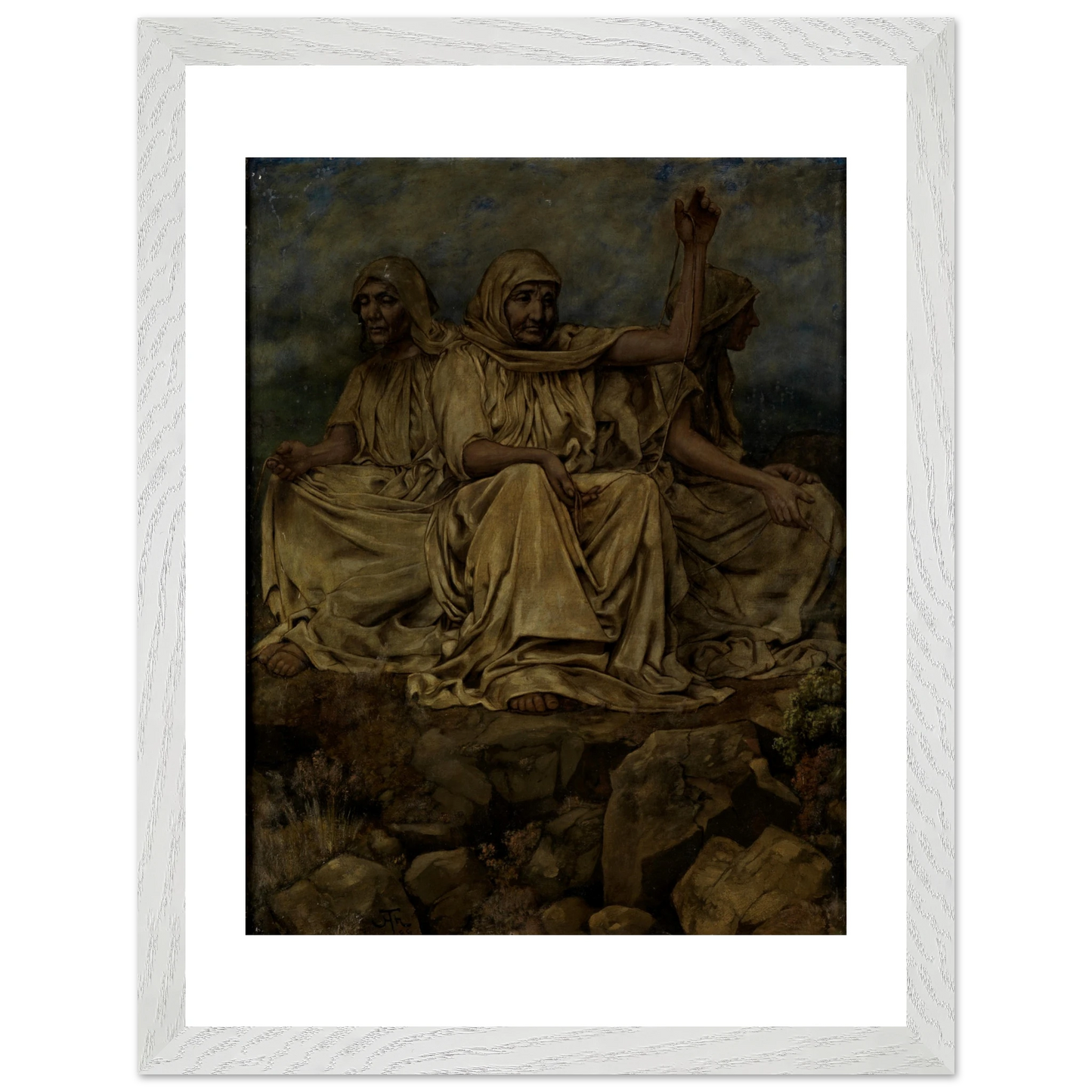
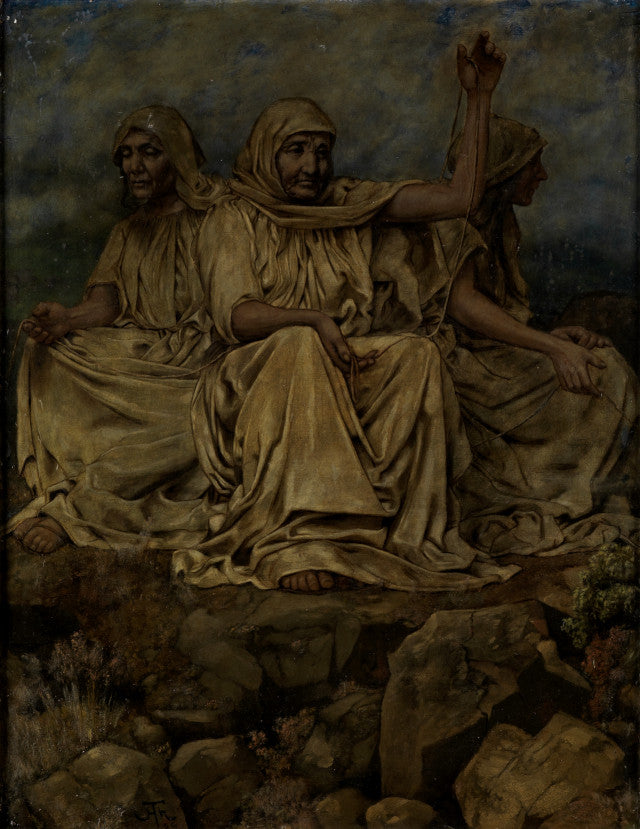
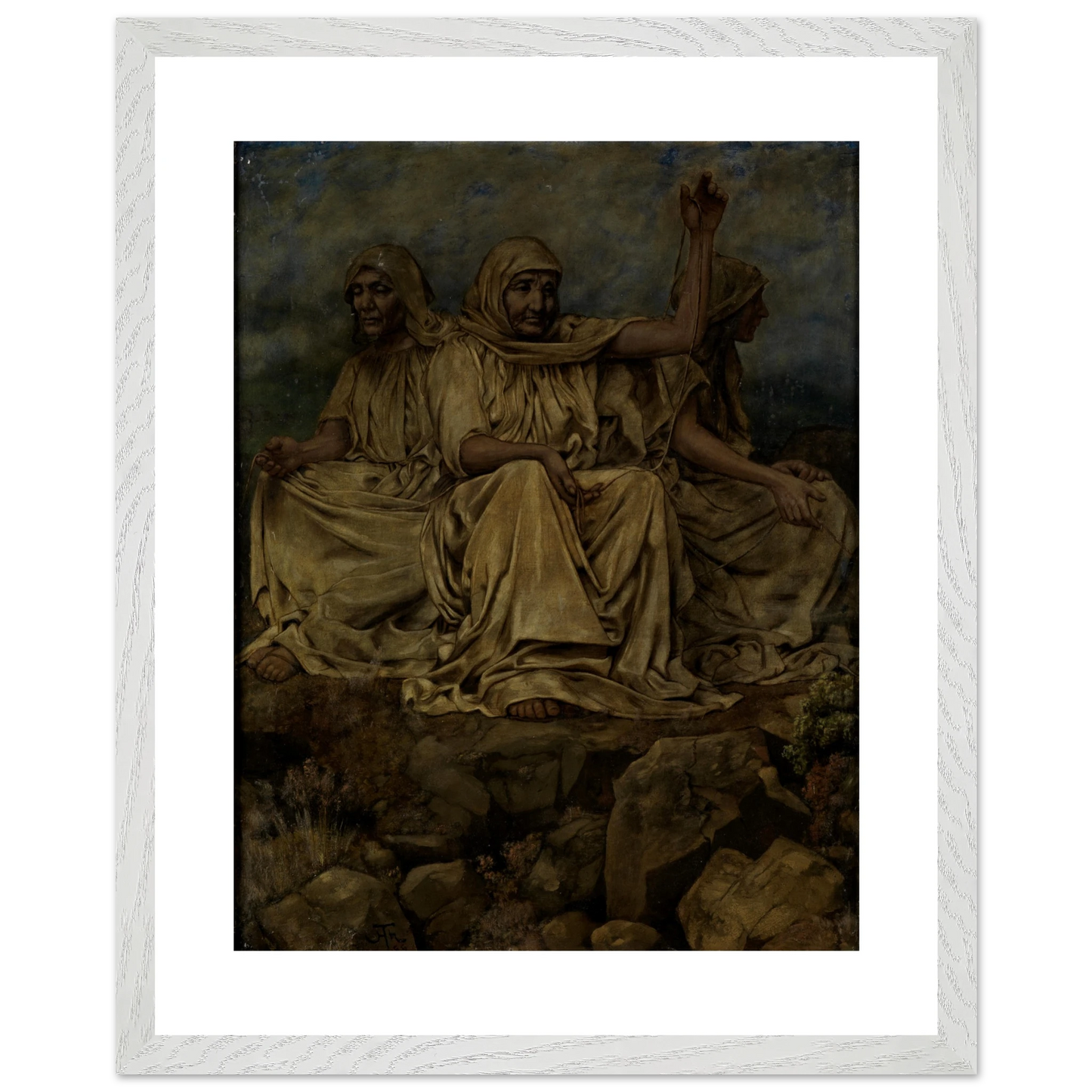
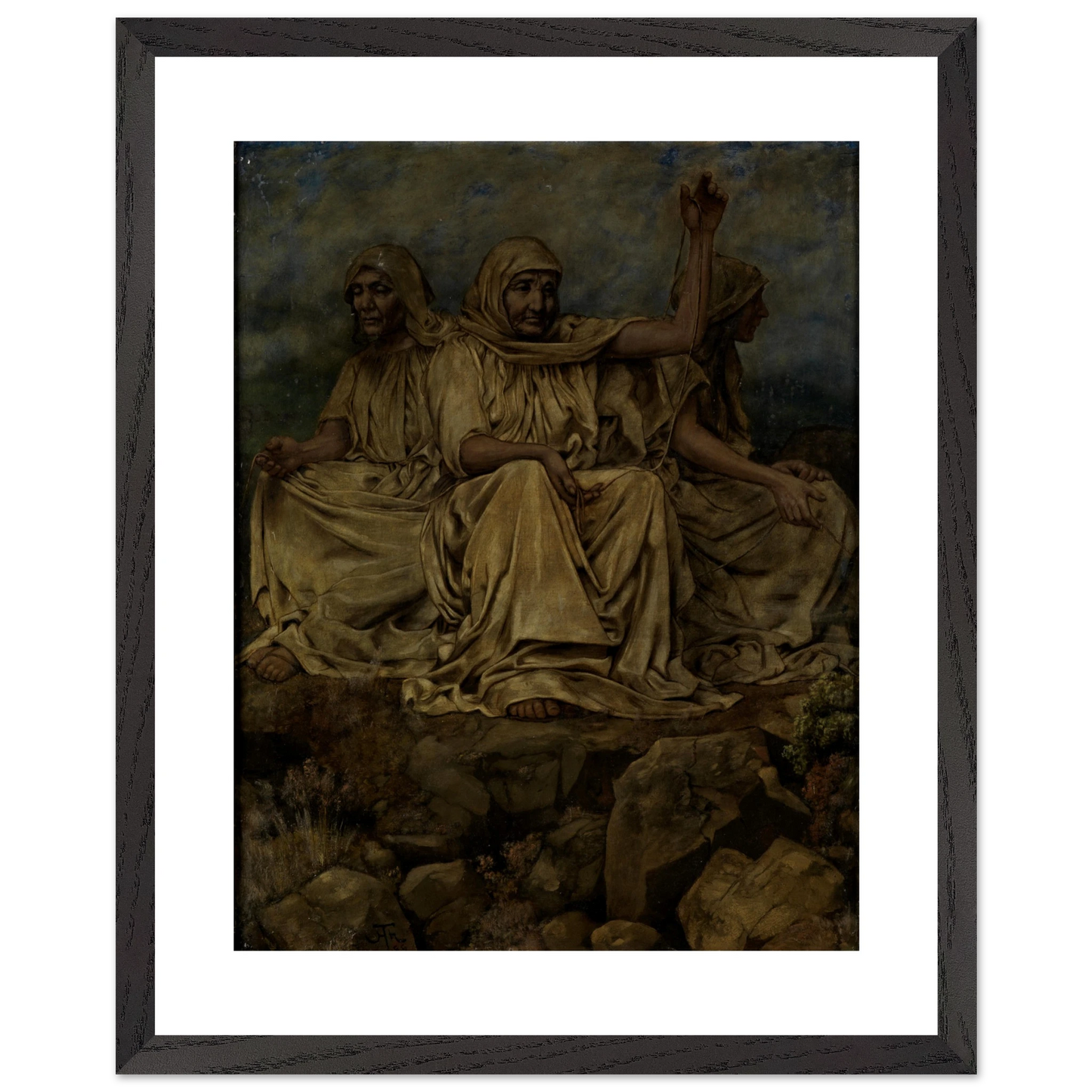
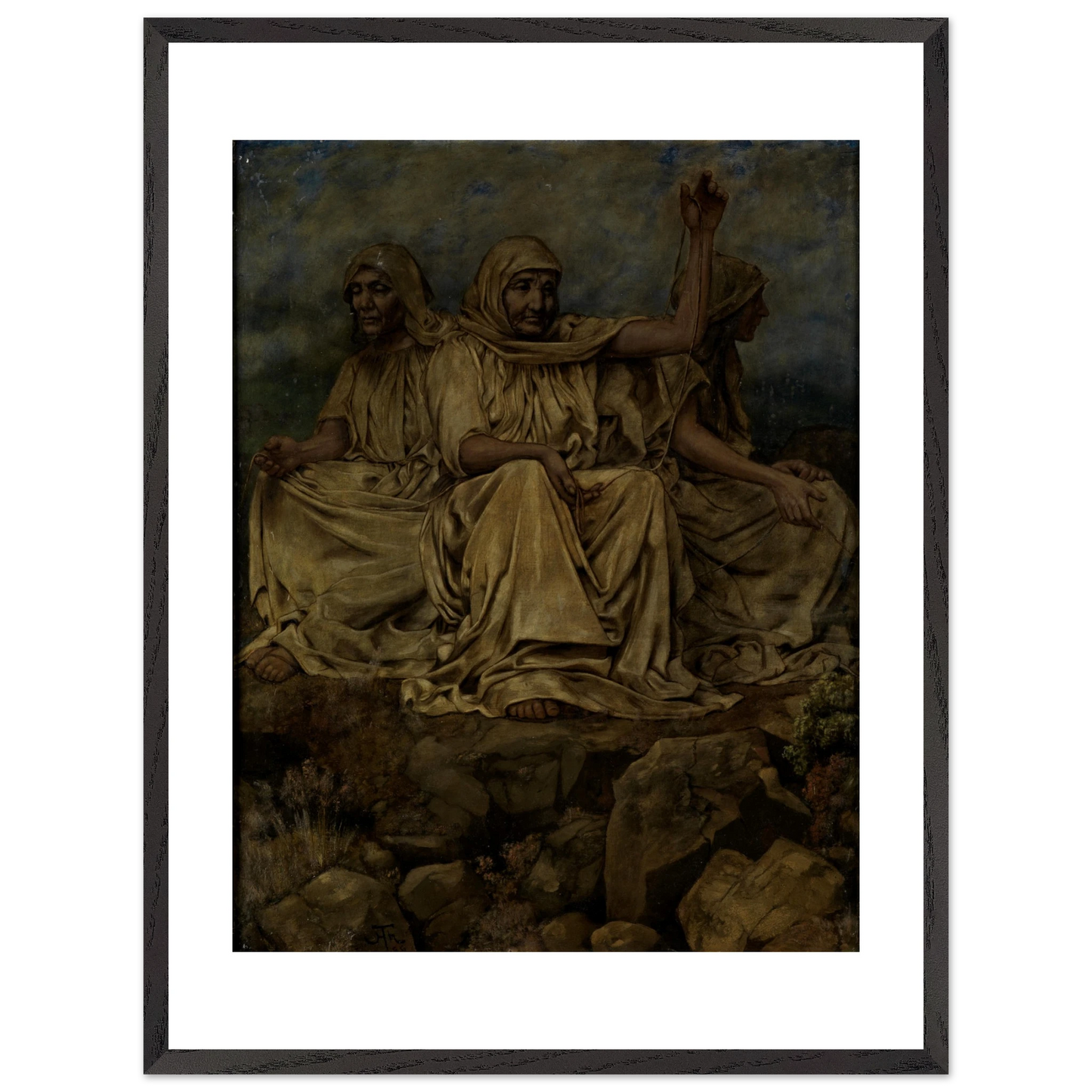
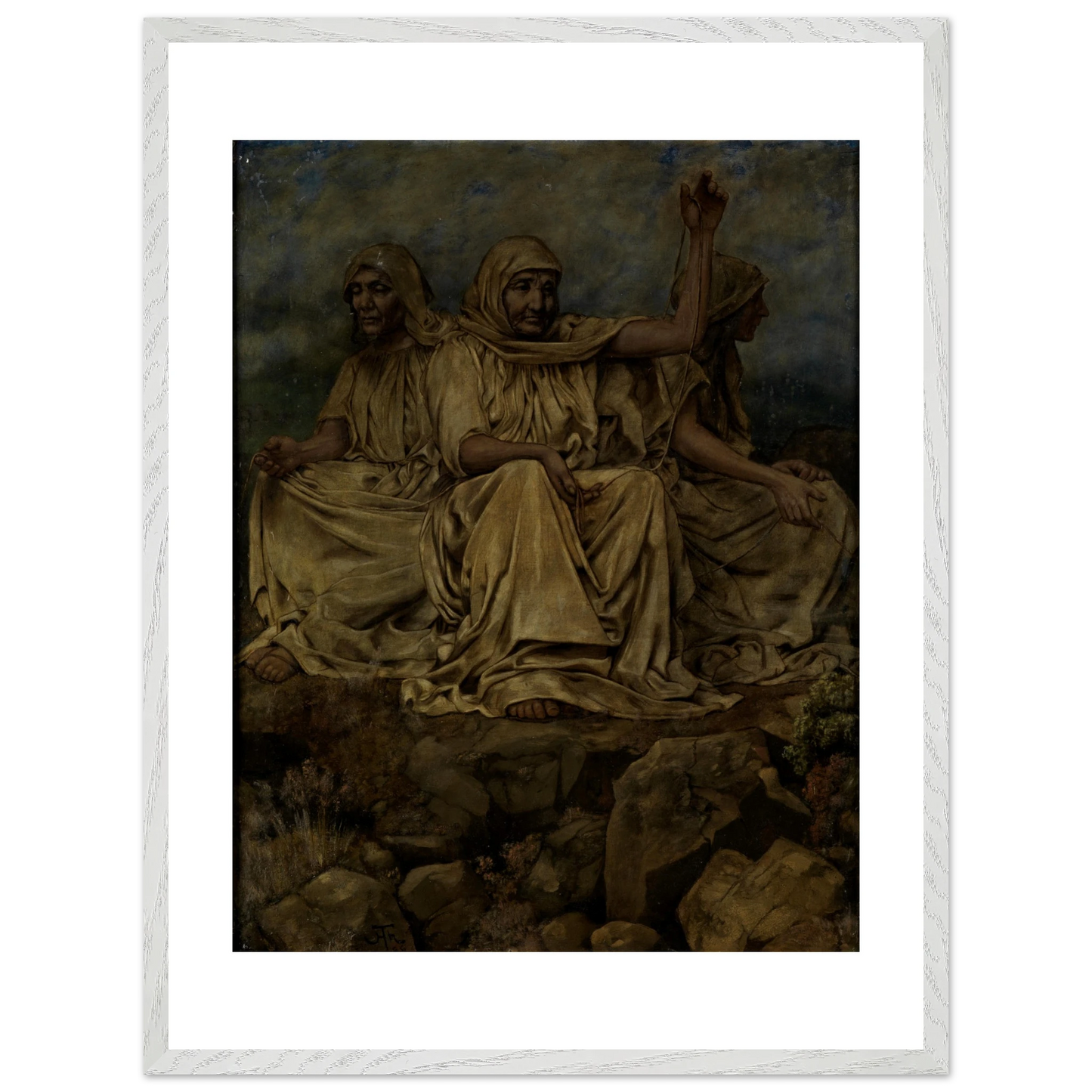
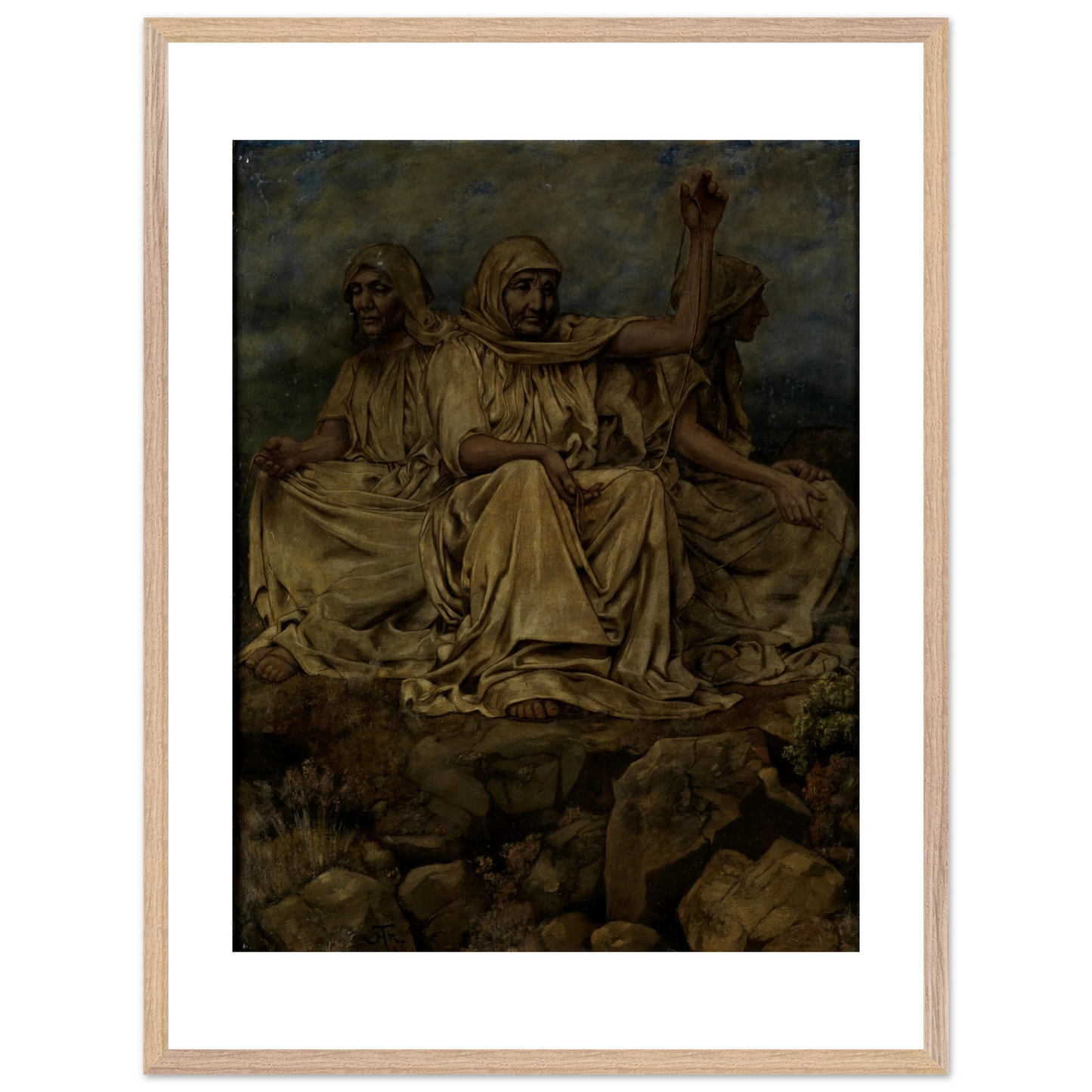
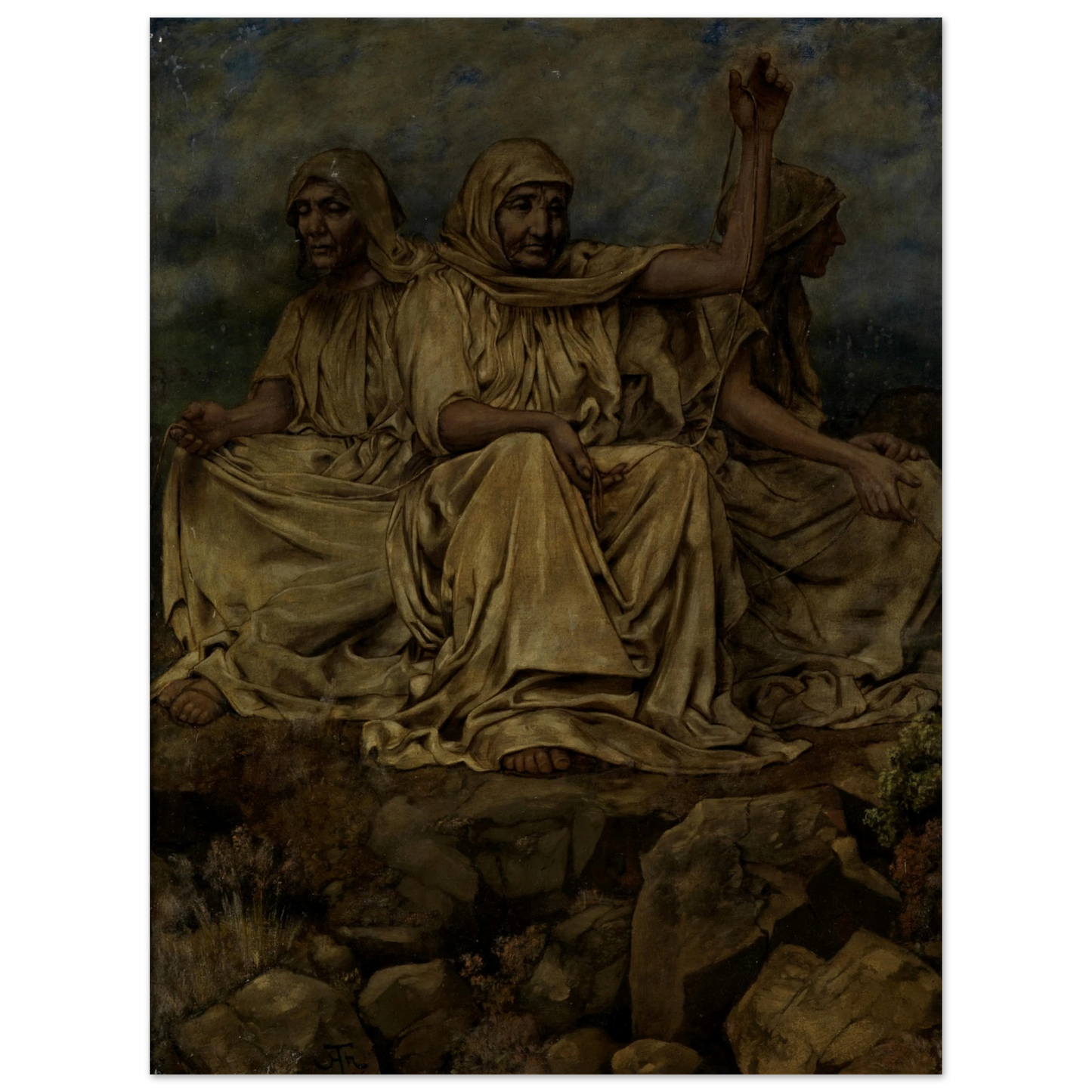
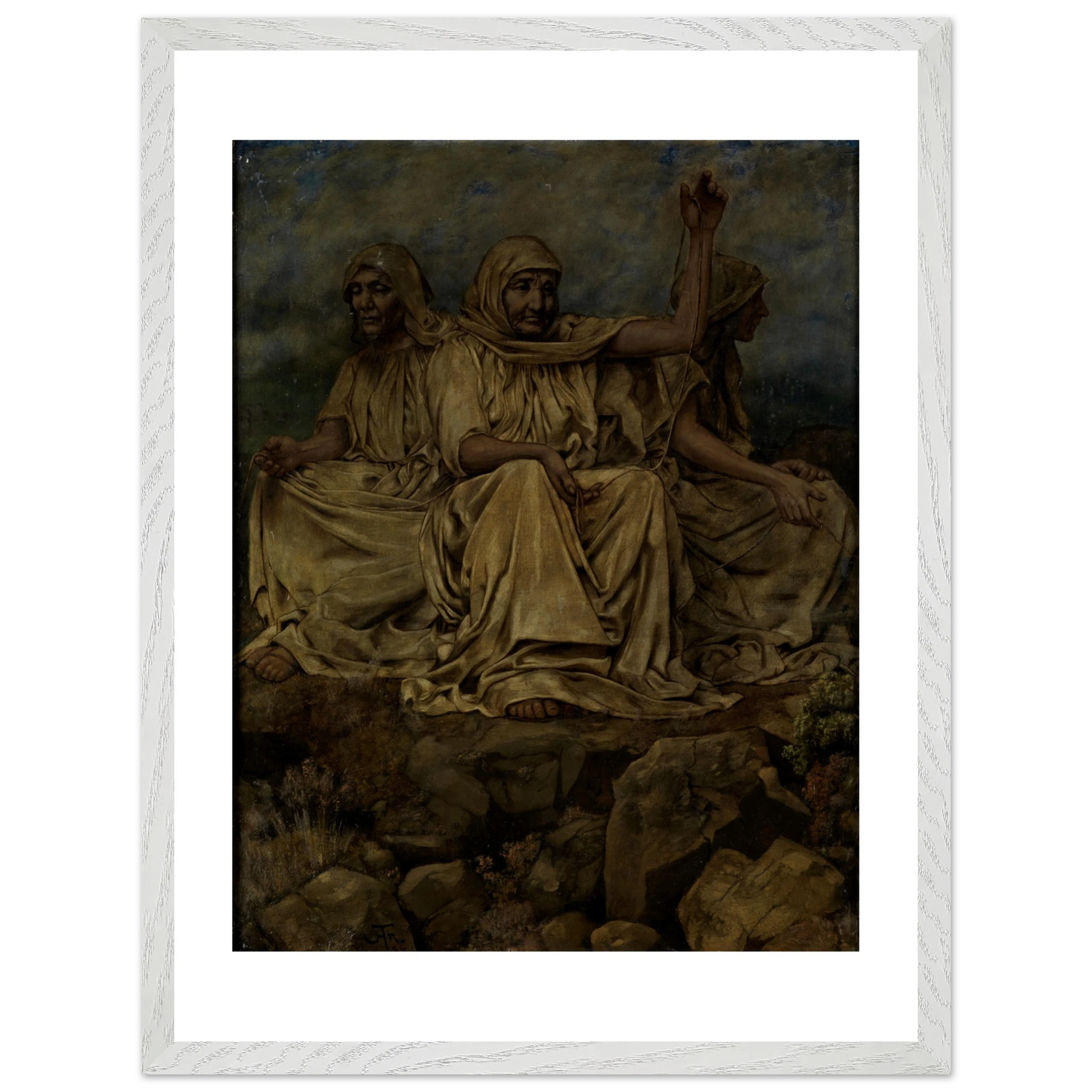
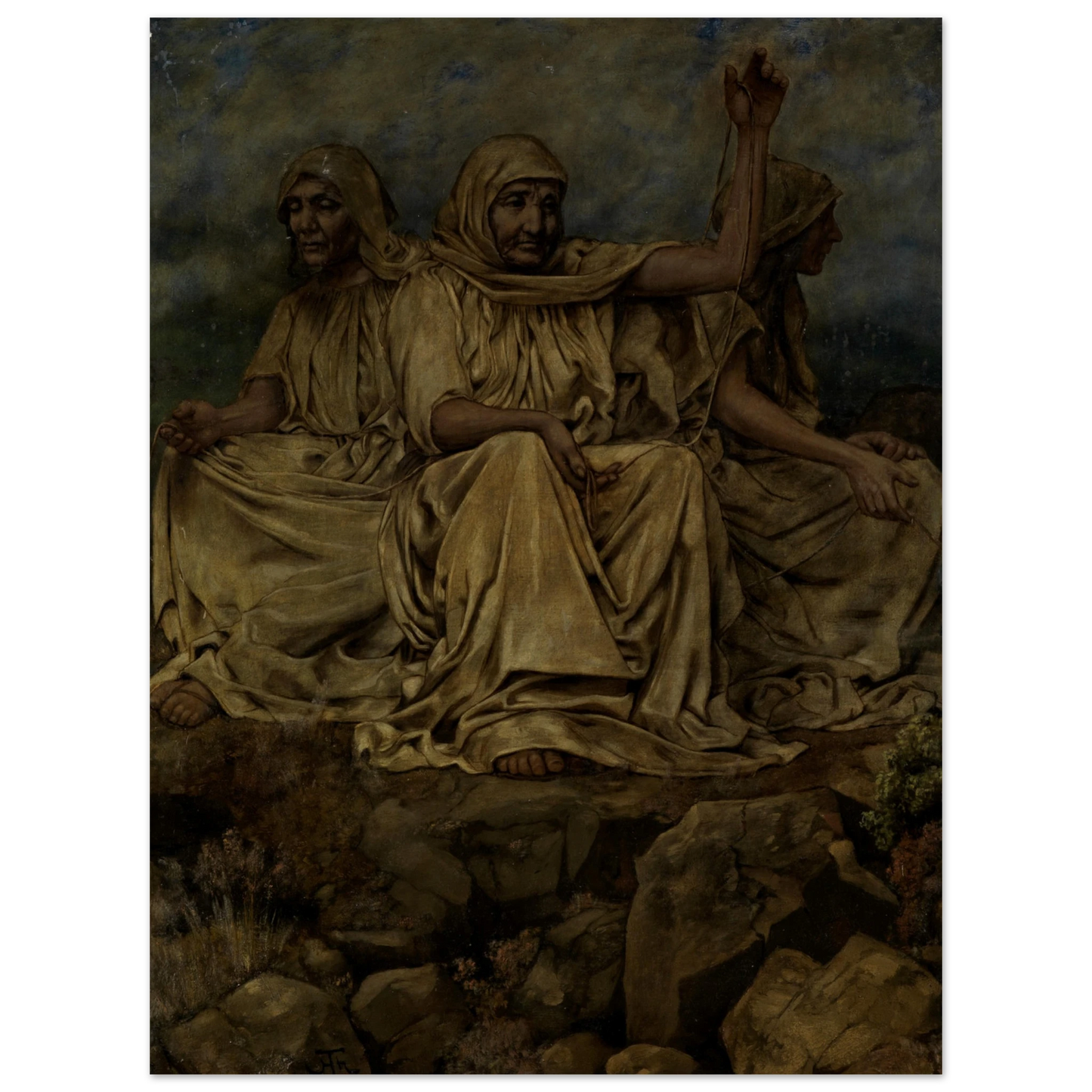
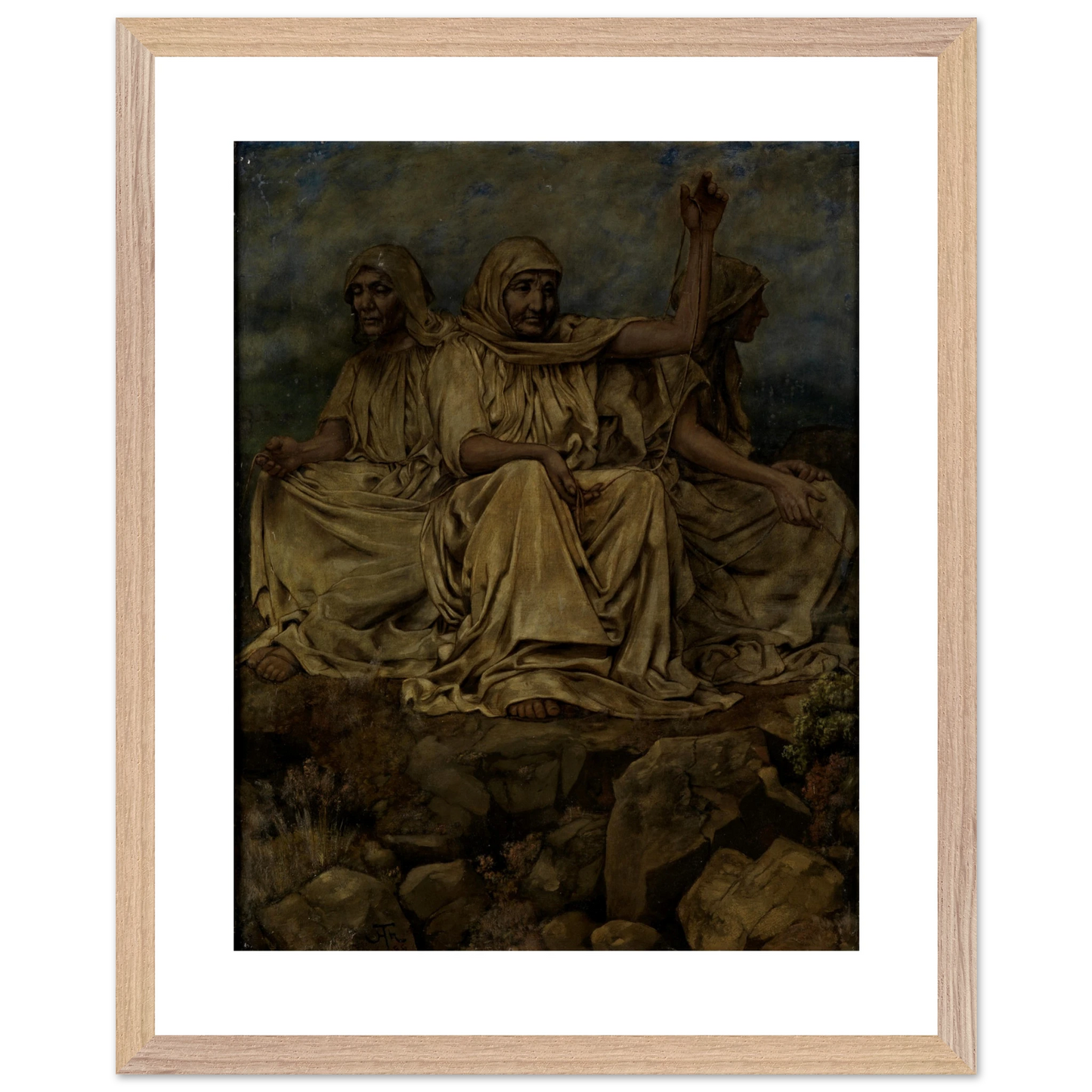
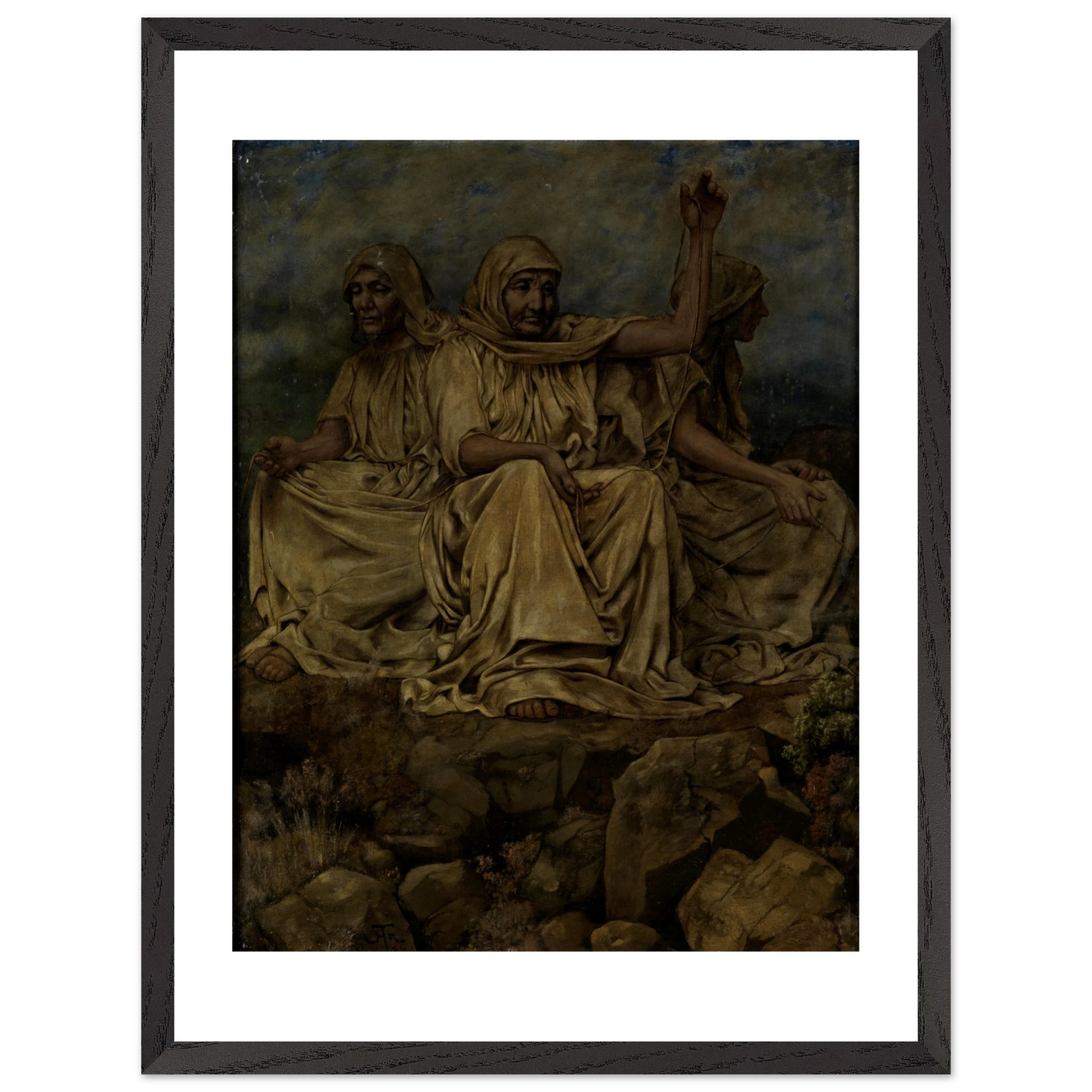

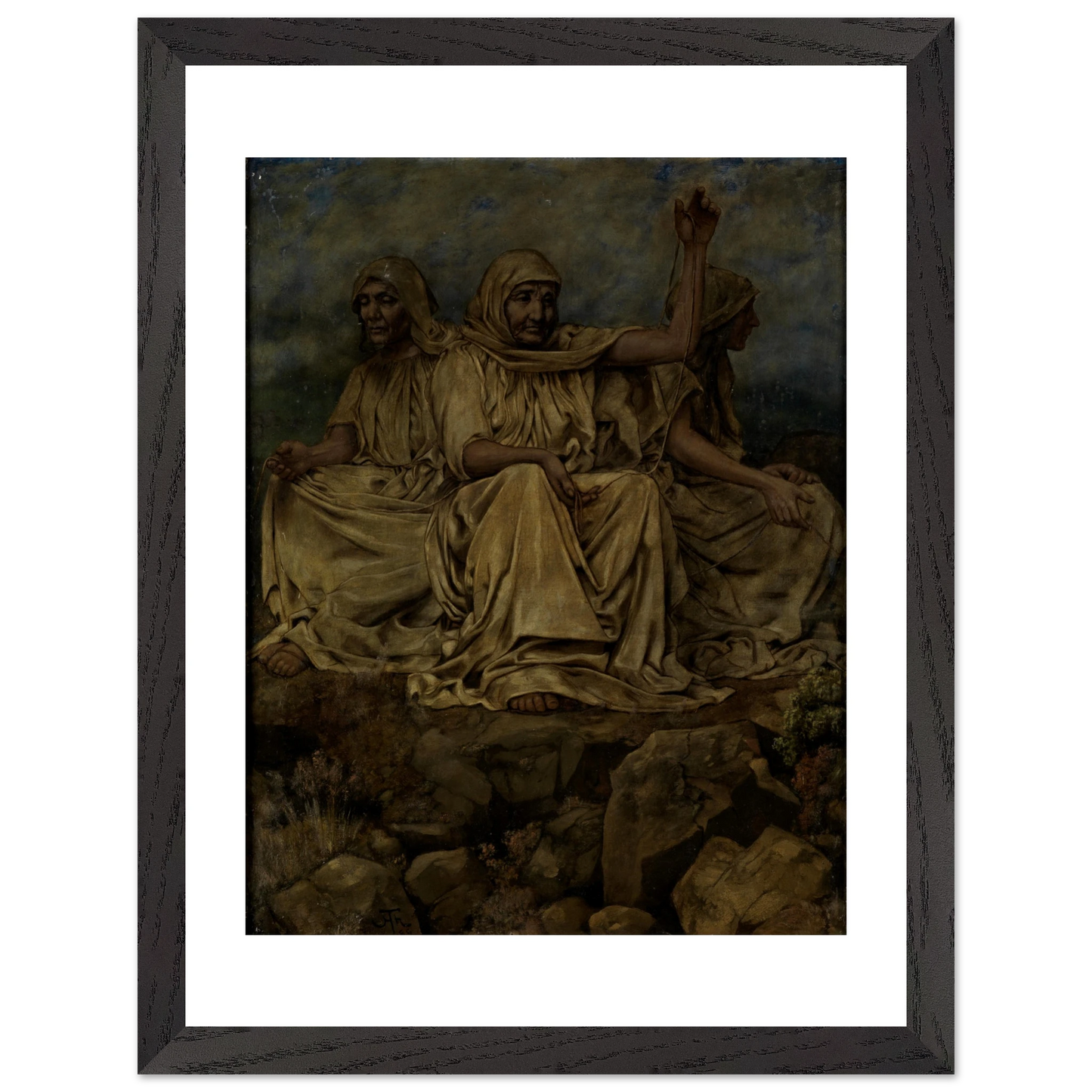
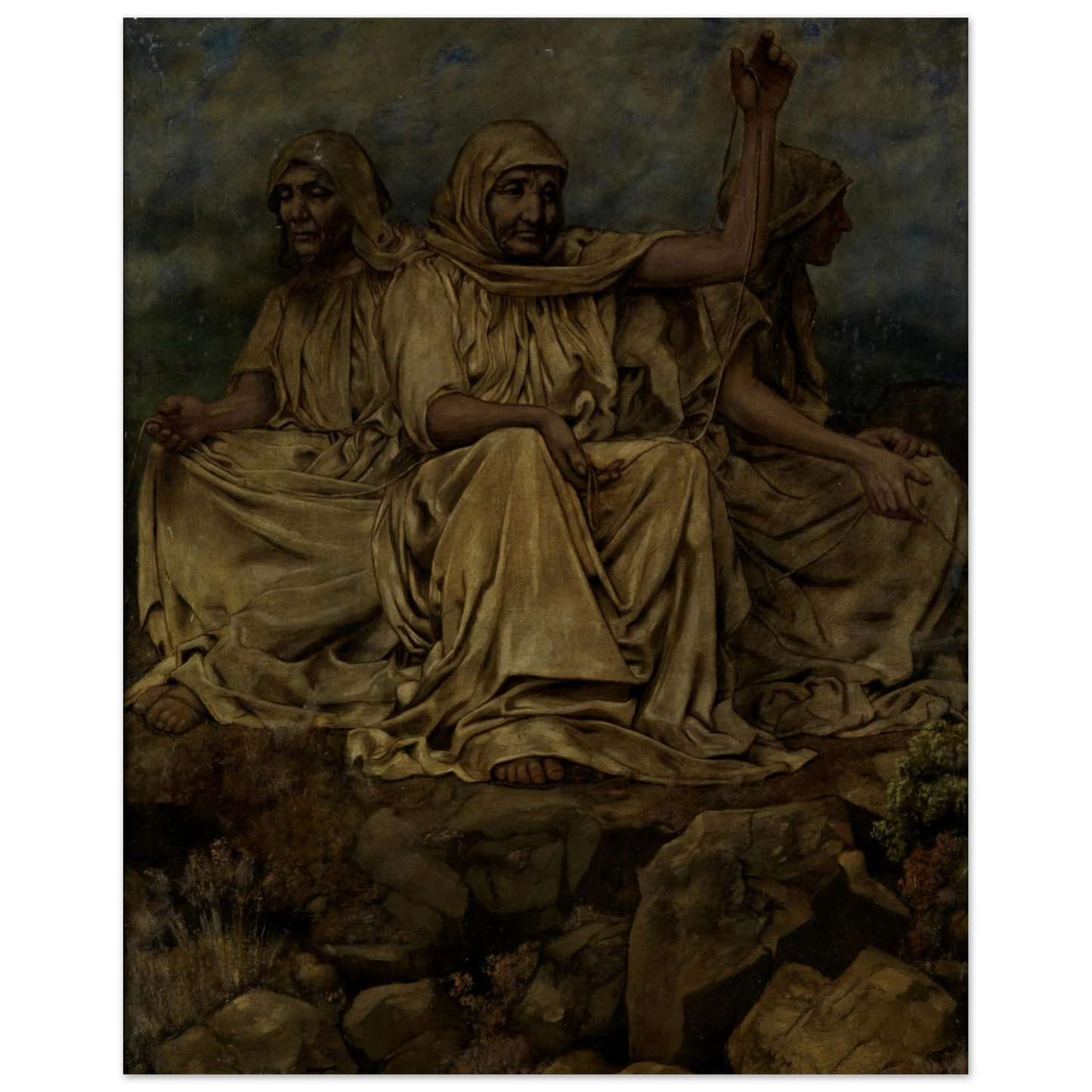
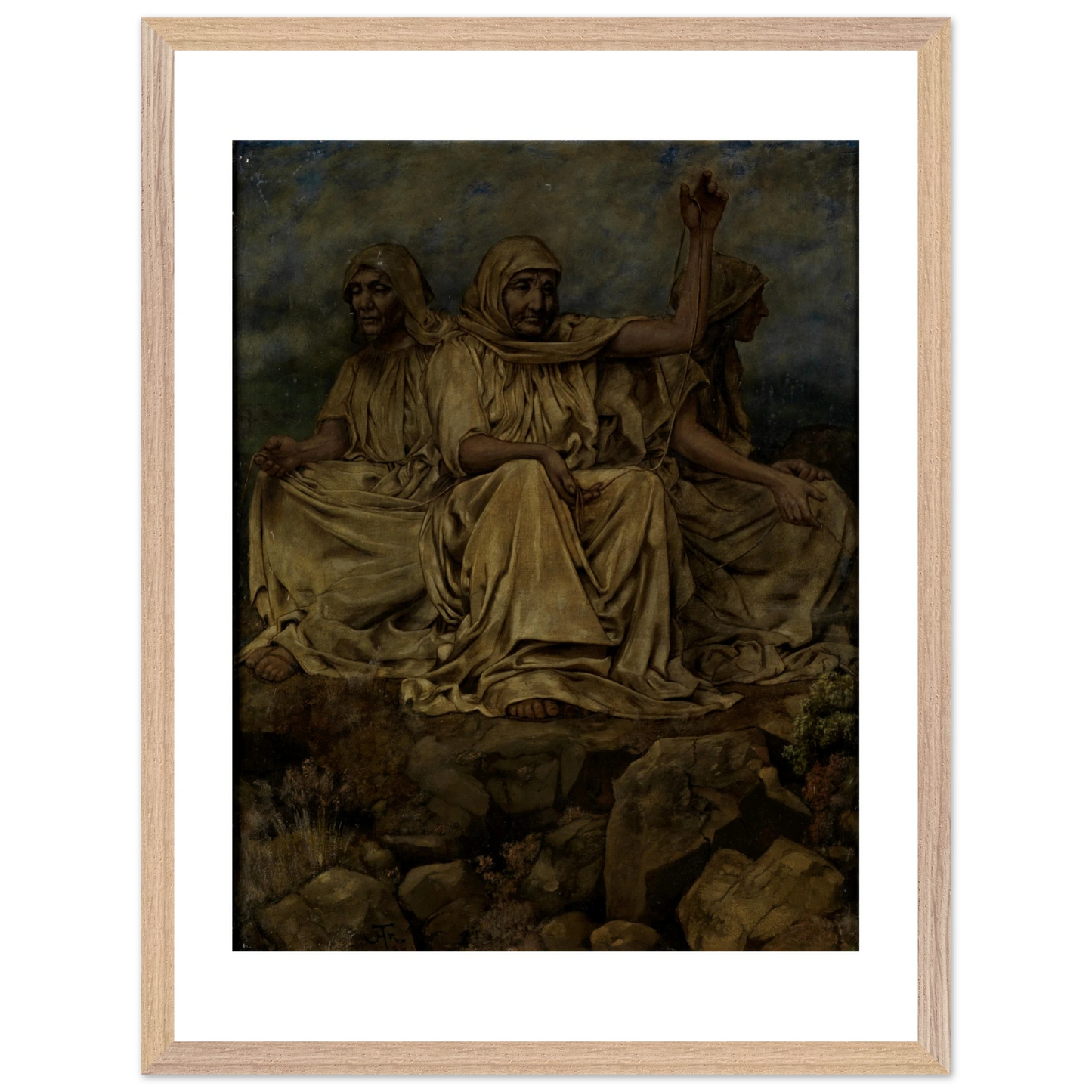
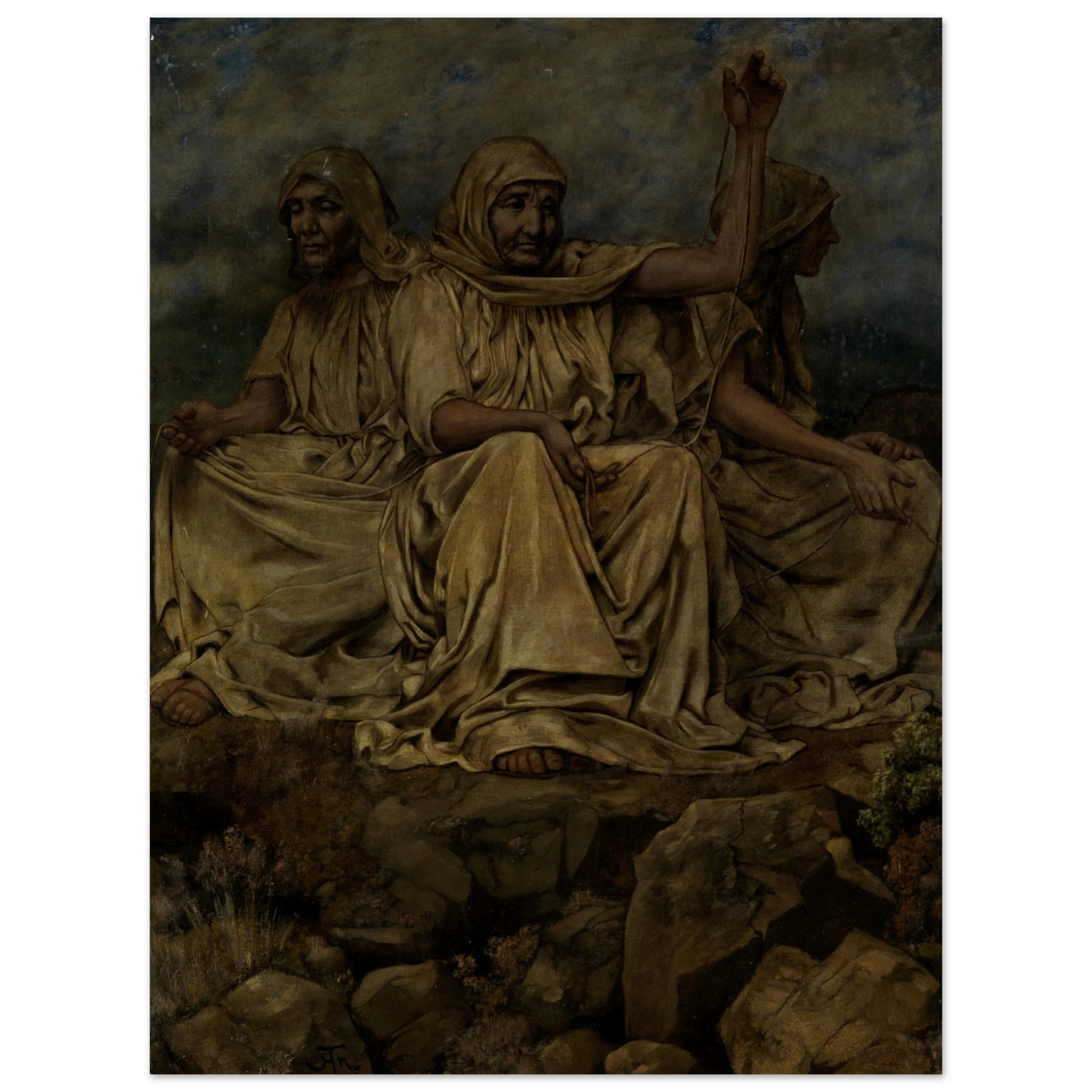
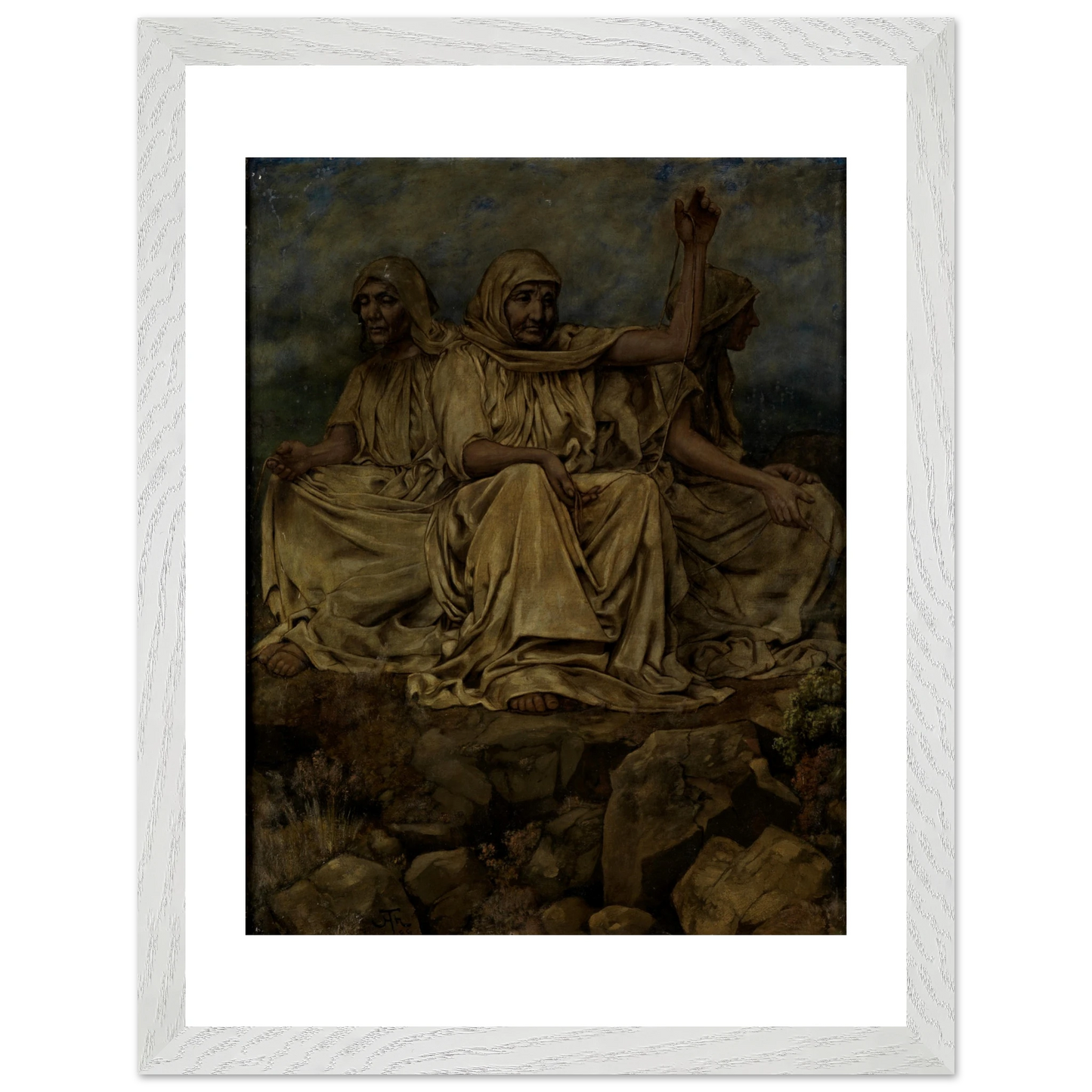
Fast, Trackable Delivery. Wherever You Are 🌍
Made & shipped from 9 global print hubs
Our smart routing system picks the closest production centre to you for speed and sustainability in UK, US, Canada, France, Germany, Netherlands, Norway, Spain, Sweden.
Quick-turn dispatch
Prints leave the studio in 1-3 business days, then typically arrive in:
UK: 3-4 days | US: 4-6 days
Canada: 5-6 days | EU: 3-5 days
Rest of world: ≈ 14 business days
Trusted carriers only
Royal Mail, DHL, UPS, FedEx, Parcelforce, PostNL, Asendia, EVRi, Posten & more—all fully trackable.



